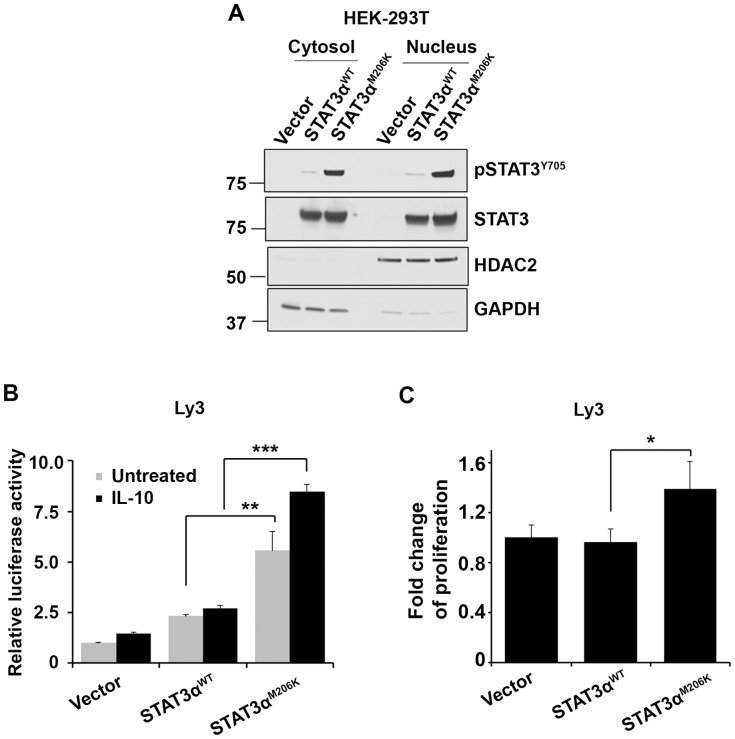Figure 4. The effect of the STAT3 M206K mutation on STAT3 translocation to the nucleus, transactivation activity, and cell proliferation.
(A) STAT3 phosphorylation (n = 3) was assessed in both nucleus and cytosol in stably transfected HEK-293T cells by mutant STAT3αM206K and WT STAT3α plasmids. HDAC2 was used as a marker for nuclear protein, and GAPDH was used as a marker for cytoplasmic protein. (B) The transactivation activity of WT STAT3αWT and mutant STAT3αM206K was evaluated by luciferase reporter assay in Ly3 cells. Briefly, Ly3 cells were transiently transfected with plasmids STAT3αWT and STAT3αM206K along with a STAT3 luciferase reporter followed by IL-10 treatment for 6 hours and cells were used for luciferase assay. Bars represent mean ± SD from 3 replicates. Data was repeated three times (**P = 0.0042; ***P<0.001). The data were analyzed by the two-tailed unpaired Student's t test. (C) The effect of WT STAT3αWT and mutant STAT3αM206K on Ly3 cells proliferation by H3-thymidine incorporation assay. Bars represent mean ± SD from 4 replicates. The experiment was repeated three times (*P = 0.013). The data were analyzed by the two-tailed unpaired Student's t test.

